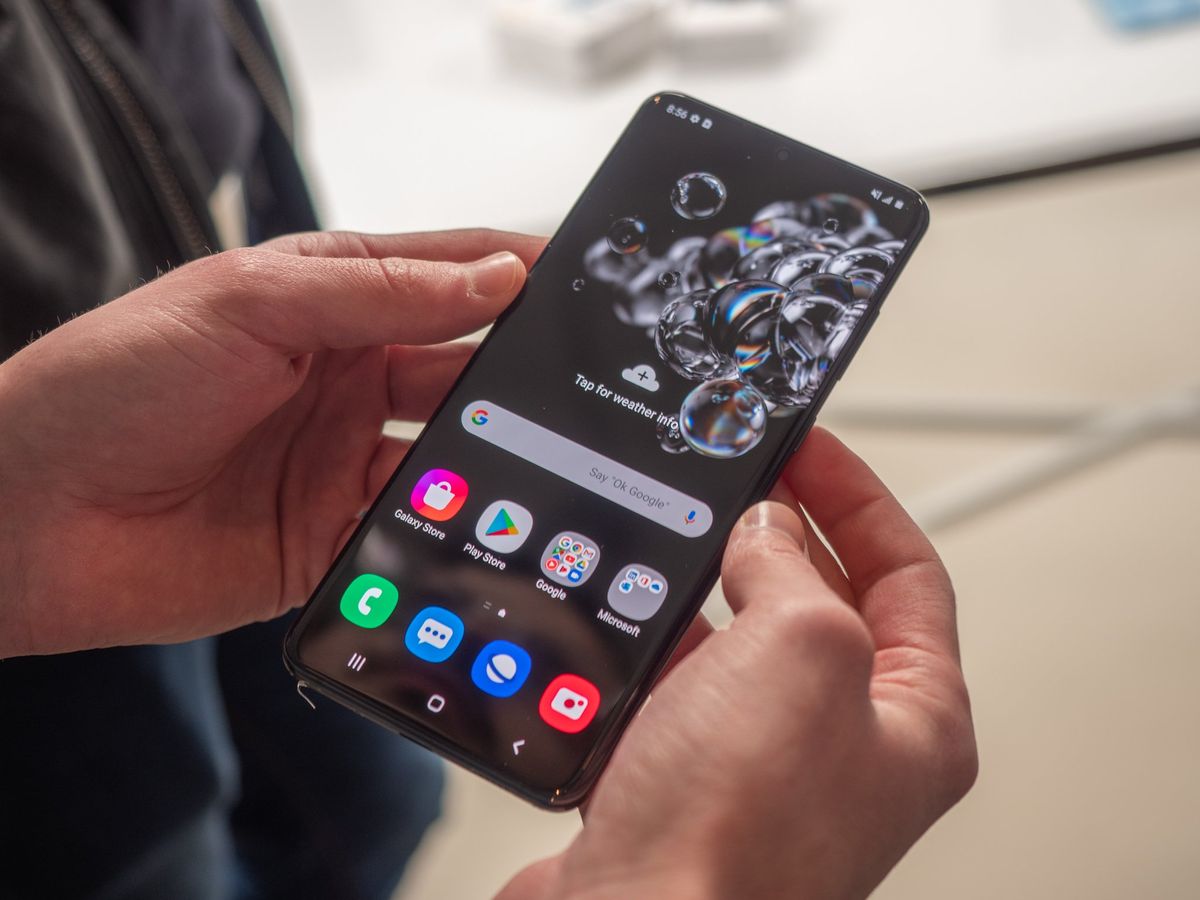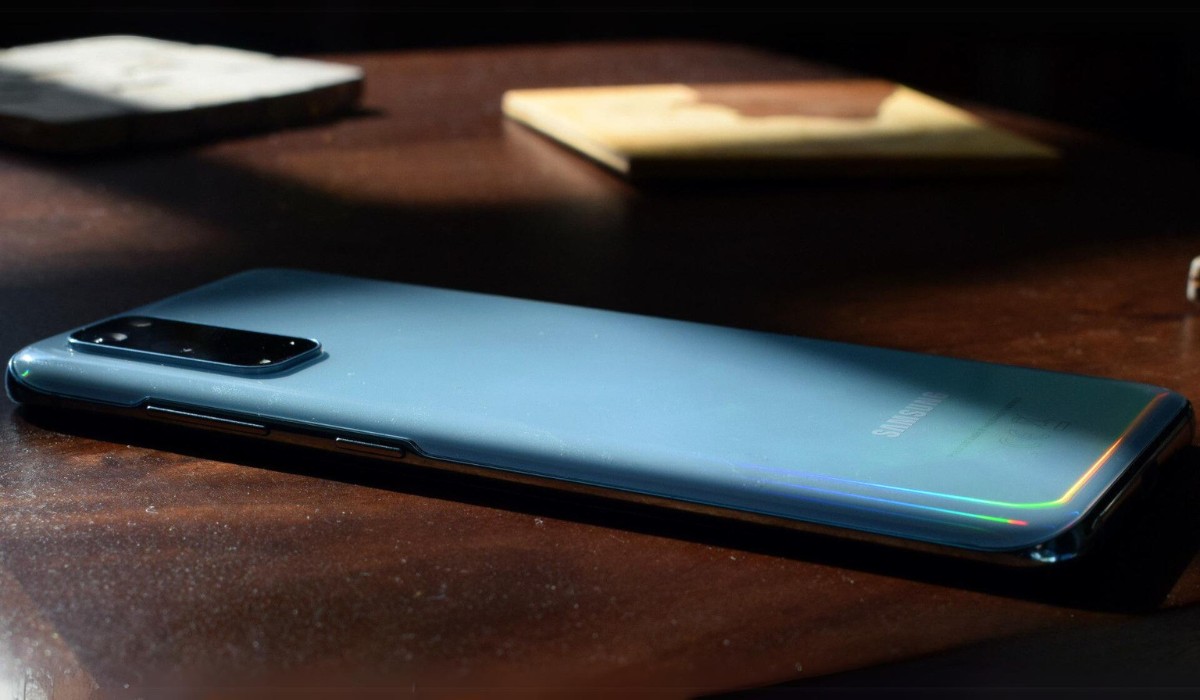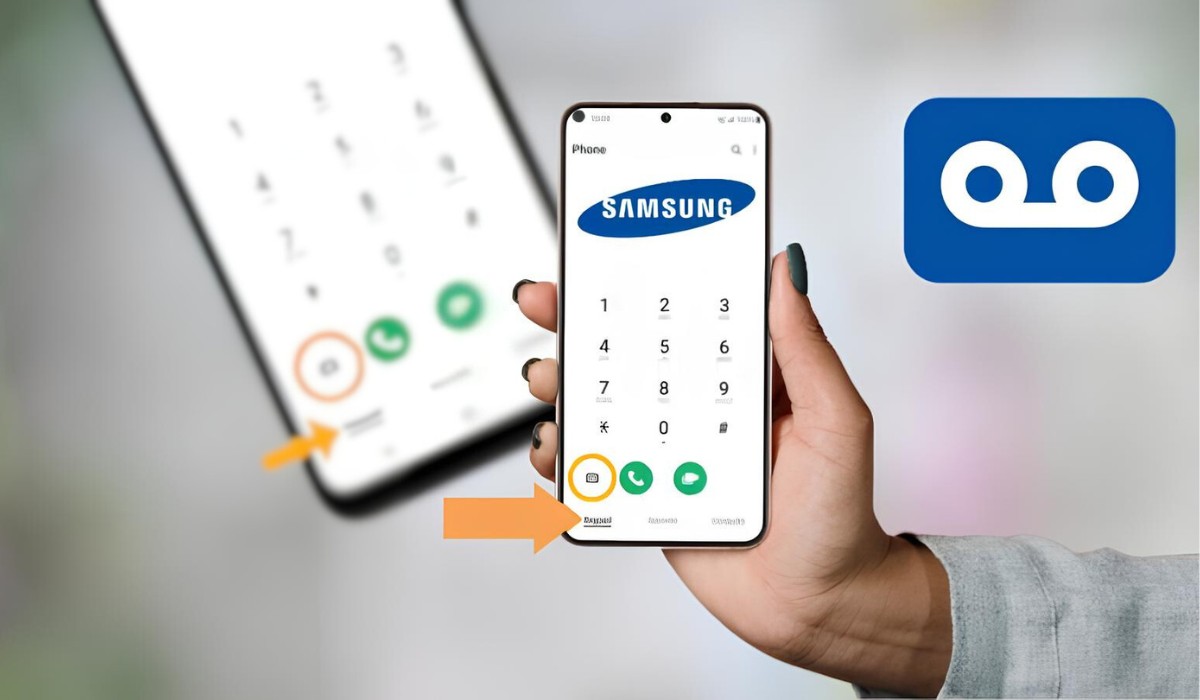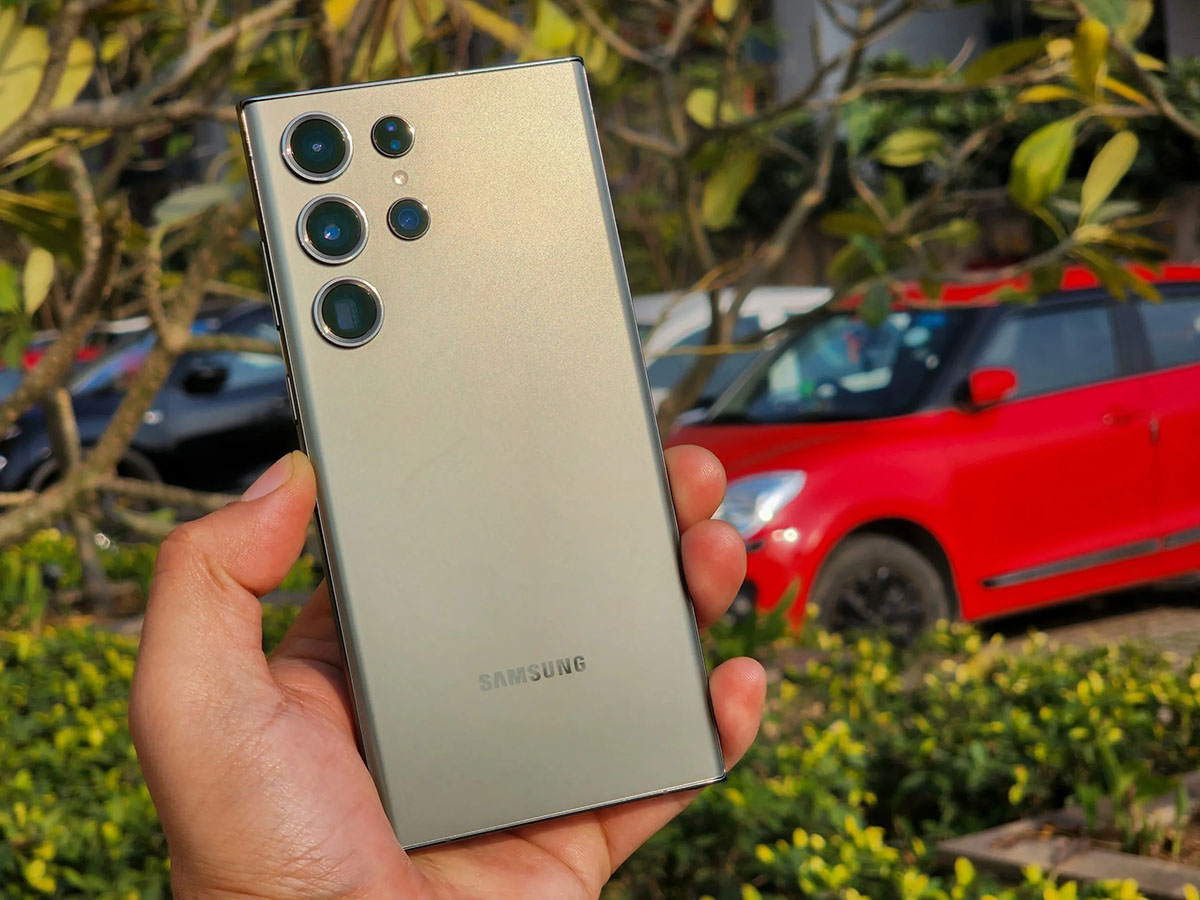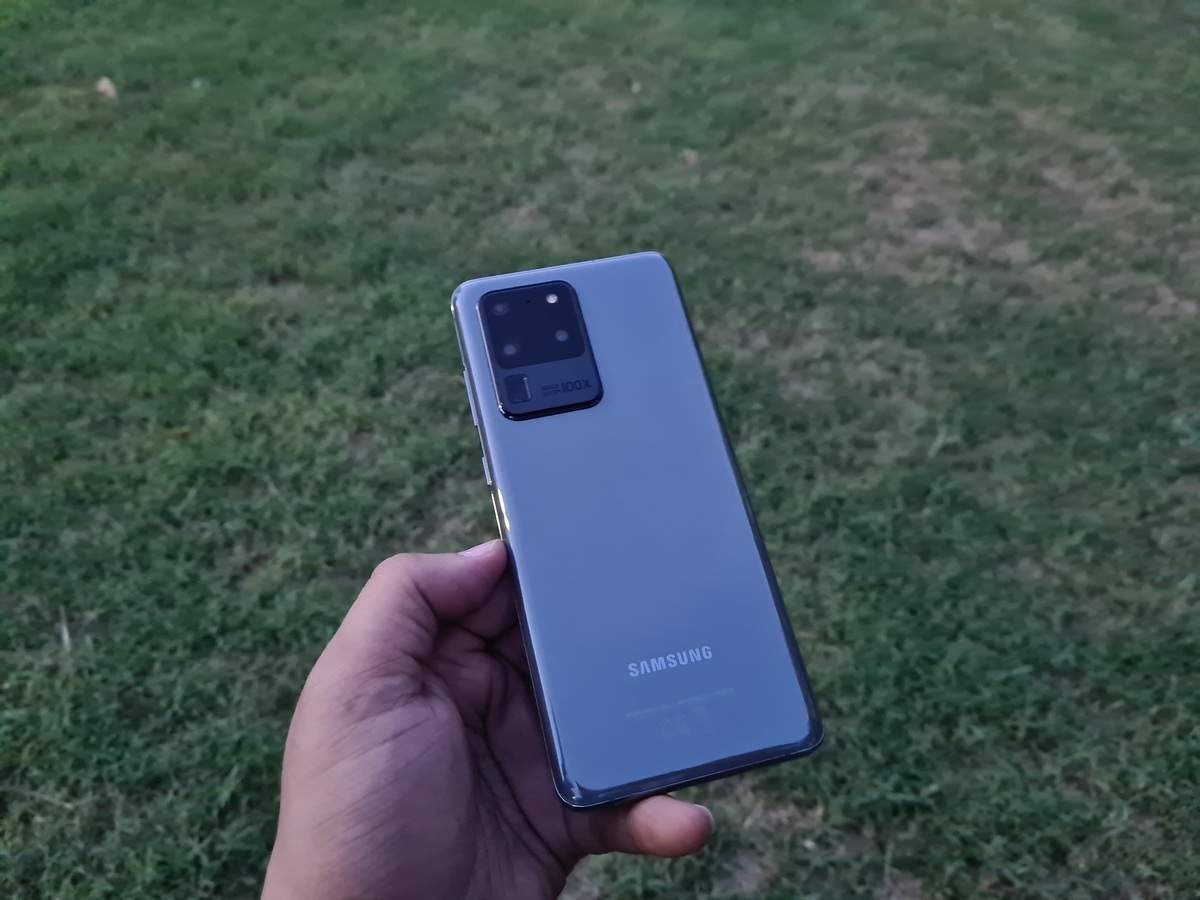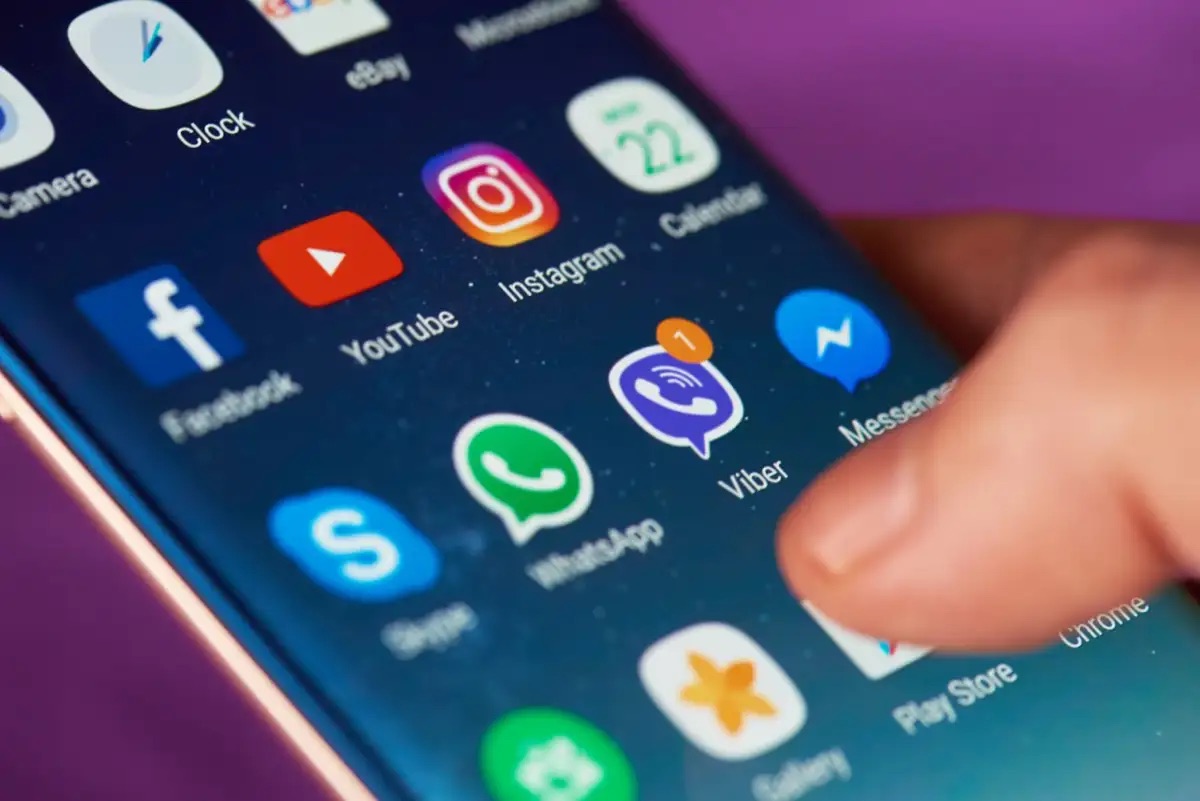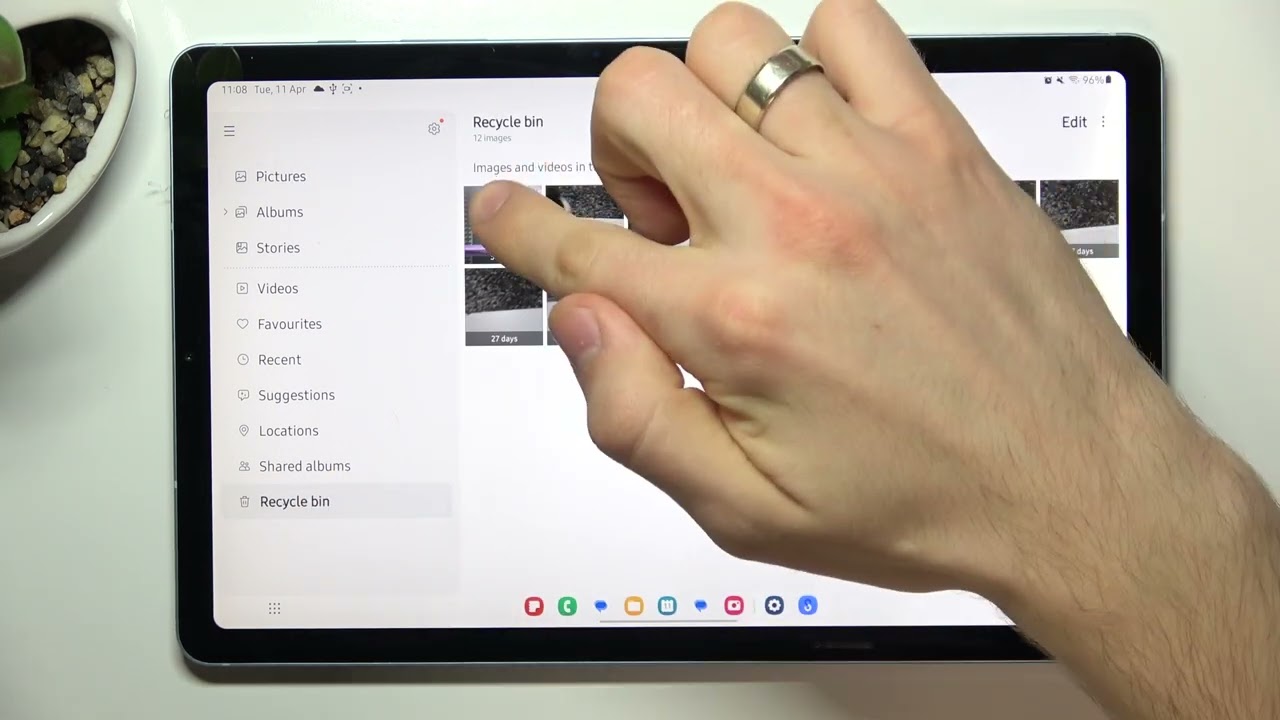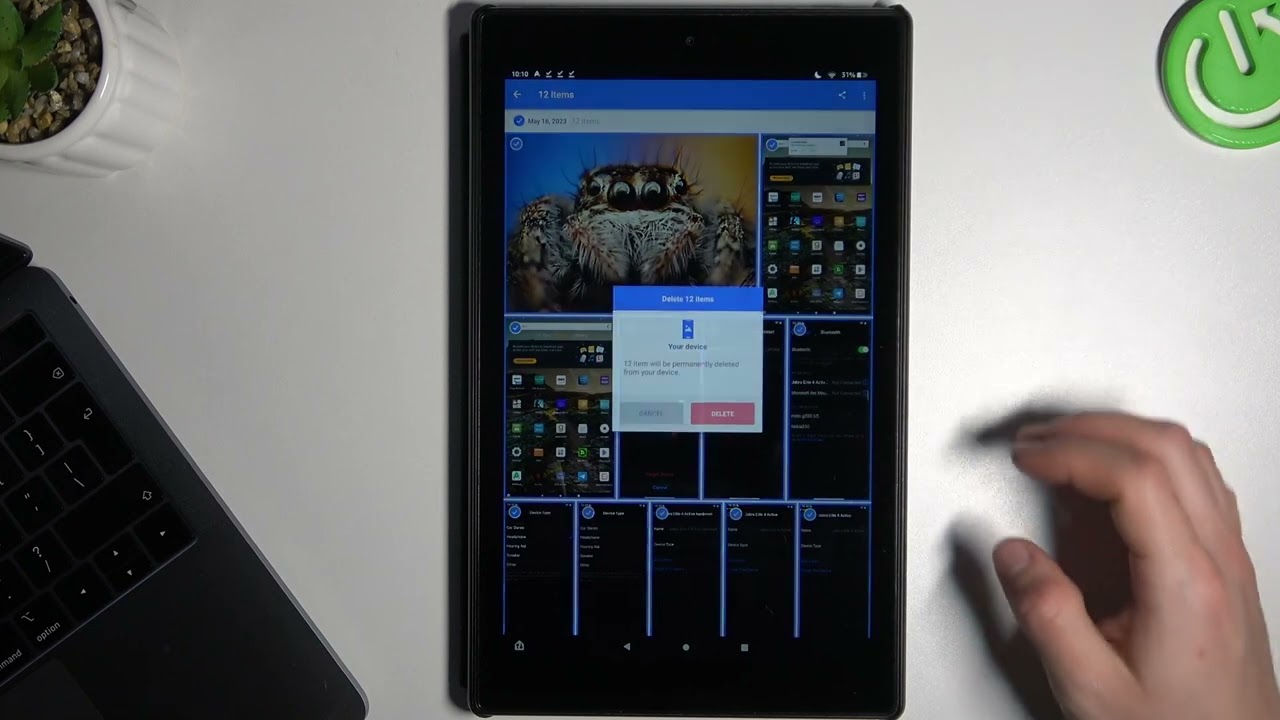Introduction
The Samsung Galaxy S20 is a remarkable device that offers a plethora of features to its users. One such feature is the Recycle Bin, which acts as a safeguard for deleted files, allowing users to restore them if needed. However, the Recycle Bin can consume a significant amount of storage space if not managed properly. Therefore, it's essential to understand how to clear the Recycle Bin on the Samsung S20 effectively.
In this article, we will explore three methods to clear the Recycle Bin on the Samsung S20. By following these methods, users can free up valuable storage space and ensure that their device operates optimally. Whether you're a tech-savvy individual or a casual user, mastering the art of managing the Recycle Bin will undoubtedly enhance your overall experience with the Samsung S20.
Now, let's delve into the step-by-step processes of clearing the Recycle Bin using the Gallery app, My Files app, and Device Care app. These methods are designed to be user-friendly and can be easily executed by anyone seeking to declutter their Samsung S20. So, without further ado, let's embark on this journey to streamline the storage management on your Samsung S20 device.
Method 1: Clearing Recycle Bin from Gallery App
The Gallery app on the Samsung S20 serves as a hub for all your photos and videos, offering a seamless way to manage and organize your media files. Additionally, it features a Recycle Bin that temporarily stores deleted items, providing a safety net in case you accidentally remove something important. However, to prevent the Recycle Bin from consuming unnecessary storage space, it's crucial to clear it regularly. Here's a detailed guide on how to accomplish this task effortlessly:
-
Open the Gallery App: Begin by locating the Gallery app on your Samsung S20. You can typically find it on your home screen or in the app drawer. Tap on the app icon to launch it.
-
Access the Recycle Bin: Once inside the Gallery app, look for the "Recycle Bin" or "Trash" option. This is where all your deleted photos and videos are stored temporarily. Tap on the Recycle Bin to proceed.
-
Select and Clear Items: Within the Recycle Bin, you will see a list of deleted files. You can either select individual items by tapping on them or choose to clear all items at once. To clear all items, look for the "Empty" or "Clear" option, typically located in the menu or toolbar. Tap on this option to initiate the clearing process.
-
Confirm the Action: After selecting the items or choosing to clear all, the app may prompt you to confirm the action. This is a safeguard to prevent accidental deletions. Confirm the action, and the selected items will be permanently removed from the Recycle Bin.
-
Verification: To ensure that the Recycle Bin is now empty, navigate back to the main Gallery interface and check if the Recycle Bin is devoid of any items. If it appears empty, you have successfully cleared the Recycle Bin from the Gallery app.
By following these simple steps, you can effectively clear the Recycle Bin from the Gallery app on your Samsung S20. This process not only frees up storage space but also ensures that your device remains organized and optimized for a seamless user experience. With the Recycle Bin now empty, you can continue capturing and storing precious moments without worrying about unnecessary clutter in the Gallery app.
Method 2: Clearing Recycle Bin from My Files App
The My Files app on the Samsung S20 is a versatile tool that allows users to manage and organize various types of files stored on the device. In addition to providing a comprehensive file management interface, the My Files app features a Recycle Bin, which serves as a temporary storage space for deleted files. To effectively manage the storage on your Samsung S20, it's essential to clear the Recycle Bin within the My Files app. Here's a detailed guide on how to accomplish this task seamlessly:
-
Launch the My Files App: Begin by locating the My Files app on your Samsung S20. You can typically find it on your home screen or in the app drawer. Tap on the app icon to open it.
-
Navigate to the Recycle Bin: Once inside the My Files app, look for the "Recycle Bin" or "Trash" option. This is where all your deleted files are temporarily stored. Tap on the Recycle Bin to access its contents.
-
Select and Clear Items: Within the Recycle Bin, you will see a list of deleted files and folders. You can choose to either select individual items by tapping on them or opt to clear all items at once. To clear all items, look for the "Empty" or "Clear" option, typically located in the menu or toolbar. Tap on this option to initiate the clearing process.
-
Confirm the Action: After selecting the items or choosing to clear all, the app may prompt you to confirm the action. This serves as a safeguard against accidental deletions. Confirm the action, and the selected items will be permanently removed from the Recycle Bin.
-
Verification: To ensure that the Recycle Bin is now empty, navigate back to the main interface of the My Files app and check if the Recycle Bin is devoid of any items. If it appears empty, you have successfully cleared the Recycle Bin from the My Files app.
By following these straightforward steps, you can efficiently clear the Recycle Bin from the My Files app on your Samsung S20. This process not only frees up valuable storage space but also contributes to maintaining a well-organized file management system on your device. With the Recycle Bin now empty, you can continue managing your files with ease, knowing that unnecessary clutter has been effectively removed from the My Files app.
Method 3: Clearing Recycle Bin from Device Care App
The Device Care app on the Samsung S20 is a comprehensive utility that empowers users to optimize their device's performance, manage storage, and enhance overall efficiency. Within the Device Care app, users can access a range of features designed to maintain the health and functionality of their device, including the ability to clear the Recycle Bin. This feature is particularly valuable as it allows users to free up storage space by permanently removing deleted files. Here's a detailed guide on how to clear the Recycle Bin from the Device Care app, ensuring that your Samsung S20 operates at its best:
-
Open the Device Care App: Begin by locating the Device Care app on your Samsung S20. You can typically find it in the app drawer or by accessing the device's settings. Tap on the app icon to launch it.
-
Navigate to Storage: Within the Device Care app, look for the "Storage" option. This is where you can access detailed information about your device's storage usage, including the Recycle Bin. Tap on "Storage" to proceed.
-
View Recycle Bin Contents: Once inside the Storage section, you will find a breakdown of your device's storage usage. Look for the option related to the Recycle Bin or deleted files. Tap on this option to view the contents of the Recycle Bin.
-
Clear Recycle Bin: Within the Recycle Bin interface, you will see a list of deleted files and items that are occupying storage space. Look for the "Empty" or "Clear" option, typically located in the menu or toolbar. Tap on this option to initiate the clearing process.
-
Confirm the Action: After selecting the option to clear the Recycle Bin, the app may prompt you to confirm the action. This serves as a safeguard against accidental deletions. Confirm the action, and the selected items will be permanently removed from the Recycle Bin.
-
Verification: To ensure that the Recycle Bin is now empty, navigate back to the main interface of the Device Care app and verify that the Recycle Bin no longer contains any items. If it appears empty, you have successfully cleared the Recycle Bin from the Device Care app.
By following these straightforward steps, you can effectively clear the Recycle Bin from the Device Care app on your Samsung S20. This process not only frees up valuable storage space but also contributes to optimizing the overall performance and storage management of your device. With the Recycle Bin now empty, you can enjoy a streamlined and efficient user experience on your Samsung S20.
Conclusion
In conclusion, effectively managing the Recycle Bin on the Samsung S20 is essential for optimizing storage space and ensuring a seamless user experience. By exploring the three methods outlined in this article, users can confidently navigate the Gallery app, My Files app, and Device Care app to clear the Recycle Bin with ease.
Clearing the Recycle Bin from the Gallery app empowers users to declutter their photo and video collections, freeing up valuable storage space for new memories. The intuitive interface of the Gallery app makes it convenient to locate and clear deleted items, ensuring that the Recycle Bin remains organized and efficient.
Similarly, the My Files app offers a comprehensive file management solution, including the ability to clear the Recycle Bin. By following the step-by-step guide provided, users can efficiently remove deleted files and folders, contributing to a well-organized and optimized storage system on the Samsung S20.
Furthermore, the Device Care app serves as a powerful utility for maintaining the health and performance of the Samsung S20. Clearing the Recycle Bin from within the Device Care app not only frees up storage space but also contributes to the overall efficiency of the device, ensuring that it operates at its best.
By incorporating these methods into their routine device maintenance, Samsung S20 users can effectively manage the Recycle Bin, prevent unnecessary clutter, and optimize storage utilization. This proactive approach not only enhances the device's performance but also streamlines the user experience, allowing individuals to focus on capturing and storing precious moments without concerns about storage limitations.
In essence, mastering the art of clearing the Recycle Bin on the Samsung S20 empowers users to take full control of their device's storage management. By embracing these simple yet impactful methods, individuals can enjoy a clutter-free and efficient digital environment, ensuring that their Samsung S20 remains a reliable companion for capturing, storing, and accessing cherished memories.







